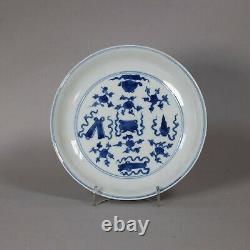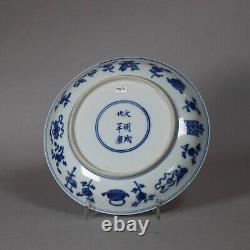
- Homepage
- Age
- Brand
- Antique (19)
- Capodimonte (22)
- Coalport (40)
- Continental (21)
- Department 56 (15)
- Dresden (41)
- Dresden Porcelain (18)
- Herend (292)
- Kpm (18)
- Limoges (68)
- Meissen (68)
- Nippon (48)
- Ralph Lauren (12)
- Rosenthal (14)
- Royal Doulton (21)
- Royal Vienna (27)
- Royal Worcester (56)
- Trio (13)
- Unmarked (48)
- Zsolnay (16)
- ... (3972)
- Chinese Dynasty
- 1950-1999 (2)
- 20th Century (5)
- Kangxi (7)
- Kangxi(1662-1722) (3)
- Ming (1368-1644) (37)
- Qianlong (13)
- Qing (1644-1911) (571)
- Republic (5)
- Republic / Proc (2)
- Republic Of China (6)
- Republic Period (3)
- Song (2)
- Song (960-1279) (3)
- Tang (618-907) (2)
- Transitional (3)
- Unknown (2)
- Yongzheng (2)
- 清朝 (2)
- ... (4179)
- Features
- 8 Day Movement (5)
- Adjustable (6)
- Antique (5)
- Artist Made (4)
- Blue And White (2)
- Boxed (10)
- Date-lined (16)
- Decorated (2)
- Decorative (32)
- Framed (7)
- Hand Painted (637)
- Handcarved (55)
- Handmade (3)
- Handpainted (839)
- Handpainted, Signed (93)
- Lamp Shade Included (3)
- Realistic / Lifelike (10)
- Retired (2)
- Signed (9)
- Signed, Handpainted (2)
- ... (3107)
- Product
- Type
- Bowl (20)
- Bowls (14)
- Boxes (15)
- Brooch (21)
- Collector Plate (29)
- Cup & Saucer (27)
- Decorative Plate (23)
- Figurine (260)
- Figurines & Statues (21)
- Lamps (19)
- Painting (14)
- Plaque (41)
- Plate (49)
- Plates (25)
- Plates & Chargers (22)
- Table Lamp (34)
- Trinket Box (16)
- Trio (22)
- Vase (298)
- Vases (30)
- ... (3849)
Chinese blue and white plate, Kangxi (1662-1722)




Condition: flake to underside of rim. The objects which appear on this dish represent some of the'hundred antiques'; a collection of items combining scholarly objects with auspicious Buddhist emblems. The motif became popular in ceramic and textile design from the beginning of the Kangxi period due to its connotations with the good qualities of the gentleman collector emphasised by the Kangxi Emperor. The guqin, for example, is an ancient Chinese string instrument which represented music (one of the'four scholarly accomplishments') and was used by learned literati figures throughout Chinese history to cultivate character, understand morality and supplicate demons.
The peach, on the other hand, is regarded to be a sacred fruit by the Daoists and is a symbol of immortality. The uniting of these emblems is highly auspicious and very popular in Kangxi ceramic design.
In the 18th century he brought back from Canton to his manor an extensive collection of Chinese works of art. The Chinese collection of wallpaper, furniture, porcelain, reverse glass paintings, figures etc. At Godegård Manor in Sweden was renowned. As members of the British Antique Dealers' Association (BADA), we are obliged to adhere to their rules of conduct. This means that our cataloguing is of the highest standard. This item is in the category "Antiques\Asian/Oriental Antiques\Chinese\Porcelain".The seller is "guestandgray" and is located in this country: GB. This item can be shipped worldwide.
- Region of Origin: Chinese
- Country of Origin: China
- Product: Plate/Tray
- Age: Pre-1800
- Primary Material: Porcelain
- Features: Handpainted
- Antique: Yes
- Sub-Type: Ceramic
- Original/Repro: Antique Original
- Chinese Dynasty: Qing (1644-1911)

